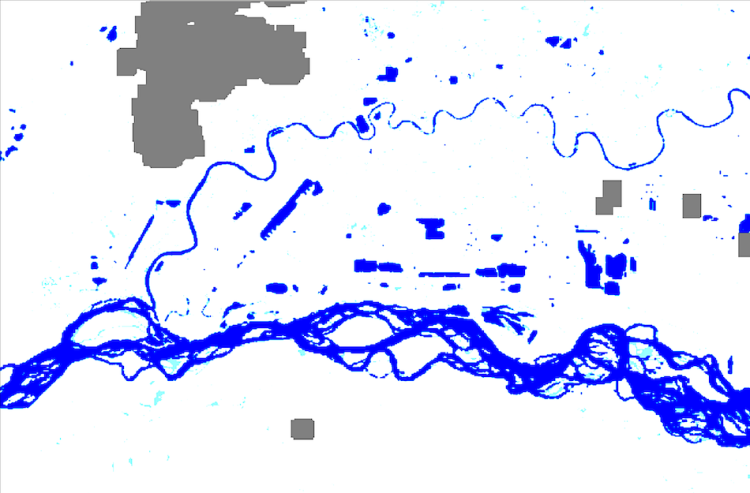Introduction
The United States Geological Survey (USGS) measures river flow and flooding across the United States—an essential service for protecting lives and property, as well as water management for household, farming, industrial, and recreational use.
Traditionally, USGS tracks rivers through a series of in-situ river monitoring stations across the nation to inform flood projections and water management decisions. These stations require USGS personnel to periodically visit for routine maintenance and calibration.
However, for remote, or otherwise challenging-to-access regions, in-situ monitoring can be dangerous, time-consuming, and expensive. Rapid river currents, extreme temperatures, wildlife encounters, heavy equipment loads, and isolated areas can all contribute to complex situations. In Alaska’s dynamic and water-rich environment, for example, traditional methods can cost up to $40,000/year per station, with necessary individual field visits costing up to $6,000. Because of this, many rivers inevitably go unmonitored.

